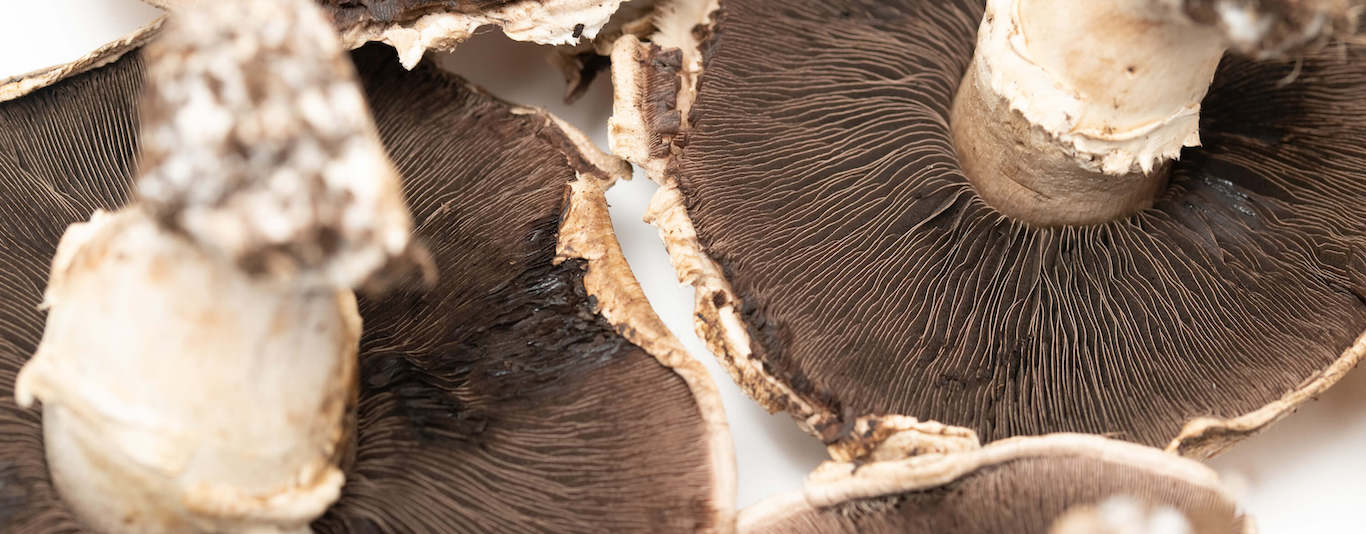Sourcing & Procurement


Mushrooms are a great fit for school meals and child care.
They’re also easy to source from your local produce house or through your distributor! Follow our tips for procuring mushrooms for your meal program. You can also use our procurement resource for tips and tricks for writing specifications, understanding mushroom types, and utilizing mushrooms in your kitchens.

Building Relationships in the Local Food Economy = Mechanisms for Purchasing Food Locally
How to Source Fresh Local Mushrooms
Mushrooms are grown year-round in every geographic region of the United States, local to most school districts.
Communicate your desire to source local mushrooms with your current produce supplier.
- Connect with local farm to school groups and inquire about setting up a connection with a local mushroom farmer.
- Search for working farms and distributors of local foods that are located around you, and visit or call to request product samples. Sample different varieties of mushrooms. Determine if it is more efficient to purchase already sliced mushrooms or whole mushrooms.
- Work with your supplier to create a long-term strategy to gradually introduce mushrooms in small batches along with the regular menu items over a long period of menu cycles.
- You might already be using Local – Look on the box or ask your distributor which farm supplies your mushrooms. If you are already using local mushrooms start promoting them as Farm to School products to your students and parents.
Wholesale Distributors
Distributors are the link to virtually every institutional foodservice operation in the country. Request local food products (mushrooms!) and the names of the farms they purchase from. By requesting local mushrooms from your existing produce supplier you can keep logistics and ordering simple.
DoD Fresh Fruit and Vegetable Program
The program allows schools to use USDA Foods entitlement dollars to buy fresh produce. The program is operated by the Defense Logistics Agency (DLA) at the Department of Defense.
Direct Purchasing
Some schools purchase bulk food products at wholesale prices directly from farmers. Research mushroom farms in your region and set up a meeting with the farmers directly. Since mushrooms are grown year round supply is consistent. Meet with a local farmer to determine the best way to purchase and deliver mushrooms direct from the farm.
Contract Growing
If you plan on purchasing large amounts of produce for your district you can potentially develop a contract growing partnership. Foodservice staff can meet with a local farmer and agree upon a price and a given amount of produce for the year. This could potentially save you money but requires discussion and planning between staff and farmers with both parties assuming a bit of risk.
CSA (Community Supported Agriculture)
CSA subscribers receive weekly shares of a farmer’s harvest, after paying farmers up front for operating costs. As a subscriber, a school can be a part of a farm harvest which is an opportunity for classroom education. CSA’s are a good alternative for smaller schools that can work with a rotating array of farm products. CSA shares can also supplement produce for harvest dinners and classroom taste testing. Many farms offer summer, fall and winter CSA shares and work with schools on the payment. Parents and businesses also can donate CSA shares to schools.
Marketing Cooperative
Some farmers work together to share in the distribution, marketing, processing, selling or billing of their products. The benefit of buying from a cooperative like this is that it is easier for farmers to get enough variety and quantity of product to your kitchen and it is easier than coordinating with multiple farmers.
Delivery Arrangements
Getting product from farm to school is often a unique collaboration between farms and schools.
Some options to consider are:
- Farmers can deliver directly to a school or FSMC, or a storage site (multiple schools pooling together their resources).
- Growers may add destinations to an established delivery route.
- If purchasing through traditional wholesalers, delivery will be combined regular orders.
USDA FBG Yields
Fresh and frozen mushroom yield information is included in the Food Buying Guide for Child Nutrition Programs. Use the information below when planning production, and always refer to the Food Buying Guide for the most up-to-date yield information.
Fresh Mushrooms
- 1 lb of fresh whole mushrooms yield 0.98 lb. of fresh, sliced mushrooms
- 5.35 lb of fresh whole mushrooms yield 100 — ¼ cups fresh, sliced mushrooms
- 1 lb. of fresh whole mushrooms yield 0.43 lb. of cooked, drained, sliced mushrooms
- 6.02 lb. of fresh whole mushrooms yields 100 – 1/8 cup cooked, drained, sliced mushrooms
IQF Mushrooms
- 6 ¼ cup cooked, drained IQF diced mushrooms per pound
- 180 ¼ cup cooked servings per case
Handling and Storage
Mushrooms are a great addition to meals kids love such as pizza, hamburgers, spaghetti, sloppy joes, tacos, salads and more!
Learn how to properly store fresh and IQF mushrooms for maximum freshness and usability.


